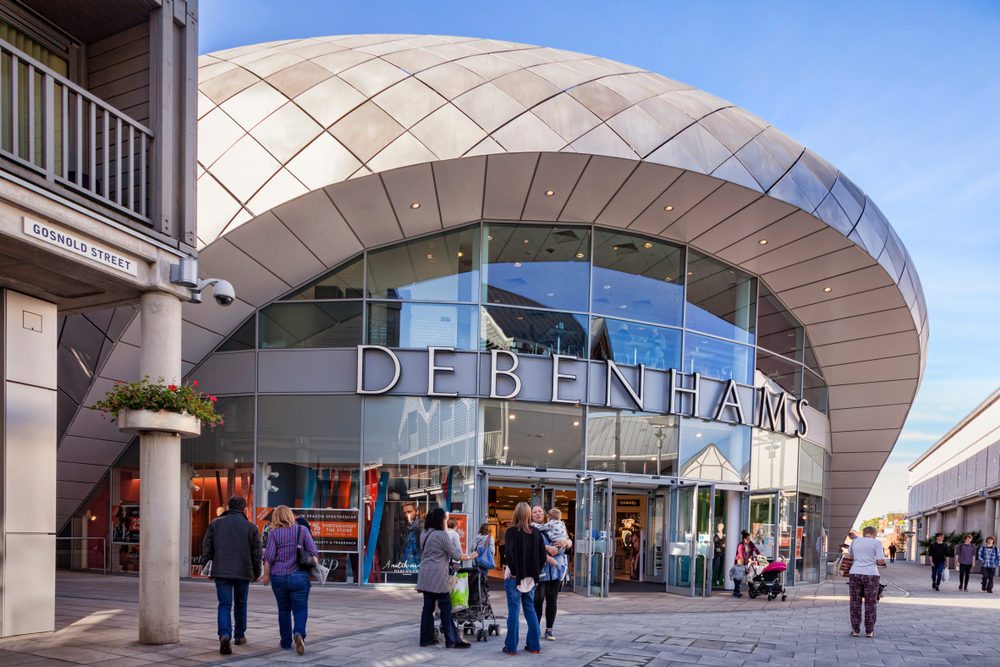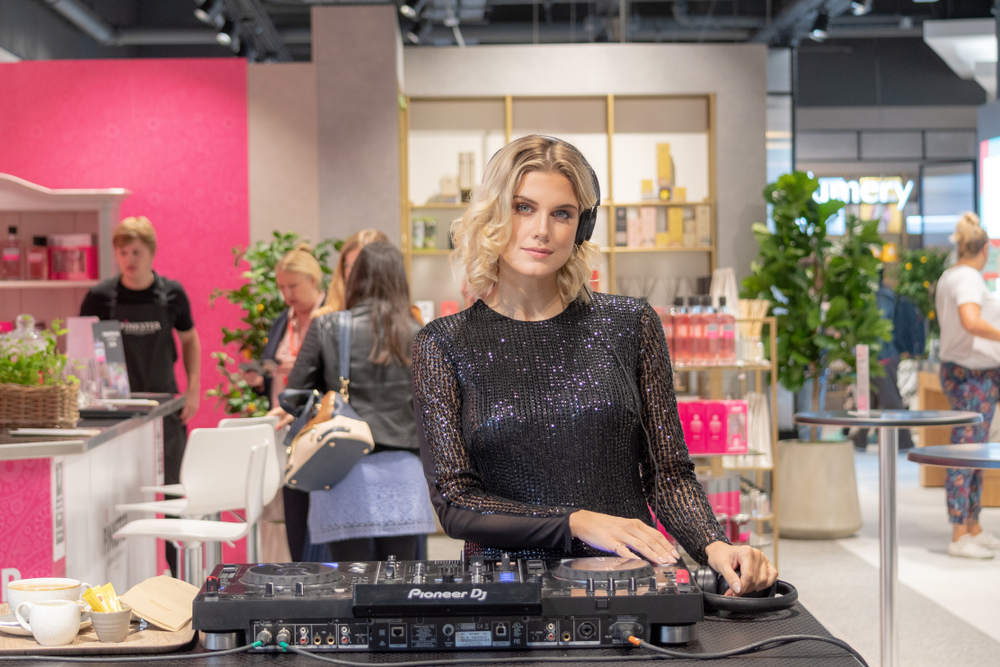
The rapid evolution of retail is demanding that retail chains evolve their business models to cater to the experiential shopping trend. Retailers are finding a myriad of tactics that marry the online and in-store shopping experience while providing the personal service and unique experience that attracts the modern consumer. Gone are the days when stores discouraged loitering, banned food and drinks, and got irritated with shoppers who came to try on clothes without purchasing those items in-store. Cozy, customer-friendly spaces where shoppers can hang out are replacing the stores of yesteryear.
Stores are Becoming Service-Oriented
The driving force behind this shift and the in-store innovation is the hyper focus on customers and customer experiences. Retailers are paying attention not just to the products, but to the entire shopper journey. In the wake of so many store closings, retailers are looking to up their game to compete with online titans like Amazon.
Wal-Mart Makes Customer Experience a Priority
Retail superstore Wal-Mart hired a new Chief Customer Officer this past summer, whose role focuses on ensuring customers have a seamless shopping experience throughout their journey, both in physical stores and online. This is a new role for the retailer, created to ensure Wal-Mart’s efforts are more customer-centric in this highly competitive market. The conglomerate recently revamped their online shopping experience as well in another move to not only compete with Amazon, but also to really connect with and attract customers.
Debenhams Steps Up Click and Collect Services
The British multinational retailer Debenhams has undergone many changes recently to improve the shopping journey for their customers. The latest innovative strategy implements a ‘Click, Try & Buy’ service at one of their newer locations in Stevenage, UK. The service will provide customers with options to utilize a personal shopper to enhance their style and ensure satisfaction with their purchases. They also offer the ability to book a changing room, so that click and collect customers can try on their online purchases when they pick them up.

With instant refunds for return items, the retailer is showing an appreciation for the customer’s time, which seems to be boding well with their clients, as the store’s performance has been on par with their top locations. Many shoppers are purchasing additional items at the time of pickup, which has increased sales significantly.
Nordstrom Gets Radical and Gets Rid of Clothing
A clothing store with no clothes? Some may consider this to be completely counterproductive, but that’s exactly what Nordstrom Local is doing. The clothing store is opening up smaller stores sans inventory, so they can focus on improving the shopping experience. As the market moves further into the digital age, Nordstrom decided to test this new omnichannel concept as a way to compete with online retail giants like Amazon. As of now, at least two shops are planned for the Los Angeles area, but the company may decide to expand to the east coast as well, starting with New York.
The idea behind this move is that shoppers will place orders online and have them shipped to Nordstrom Local for pickup. While they collect their online purchases, customers will have an opportunity to enjoy getting their nails done, or sipping a smoothie from a juice bar. What’s more? Nordstrom removes the anxiety of purchasing items online without trying on the correct size first, by offering custom tailoring and fitting rooms so that shoppers can make sure their purchases fit correctly, and if that’s not enough, returns can be handled quickly and efficiently on-site.
With the overwhelming popularity of online shopping, Nordstrom believes that just offering inventory isn’t enough to stay ahead of the competition; shoppers want a unique and immersive experience to motivate them to head to physical stores.
Connecting with Customers
As the retail horizon continues to shift, the store of the future may focus much less on inventory and much more on customer experiences; that is, if they keep inventory in-house at all. People aren’t going to stop buying altogether, but they definitely aren’t buying the way they used to. Companies continue to look for innovative ways to bring in customers to their physical locations, and are willing to spend top dollar to achieve that goal.
When the popular mobile game Pokémon Go first dropped, retailers around the world shelled out big bucks to turn their store into a “Pokéstop” so they could attract gamers to their locations with in-game incentives.
As Generation Z continues to throw their money at beauty products, cosmetics stores have hired professional makeup artists that can make over customers who book appointments, or give recommendations on which products to use.
It’s not just individual retail chains adopting this strategy, either. Mall complexes are adding more diverse businesses, from indoor trampoline parks to luxury day spas. Many are updating their sitting areas to be fashioned after homey living spaces, and adding free Wi-Fi, aiming to make these areas into popular hangout destinations.
Recreational Retail Fueled by Technology
None of these innovations, creative services and enhanced experiences would be possible without the explosion of in-store technology paired with advances in the digital shopping environment. Mobile point of sale devices released store associates from the cash wrap for more face time with customers. Retailers that embraced mobility have experienced up to 10 percent bumps in sales according to a leading retail management system company. Similarly, a click and collect option, also known as buy online pick up in store (BOPIS) in some places, increases physical store sales up to five percent. While shoppers are picking up their online orders, they tend to grab some extra merchandise on their trip to the checkout counter.
There’s no doubt that the retail chains that embark down today’s experiential shopping path will reap the rewards of higher profits and greater market share tomorrow. It will be interesting to see how recreational retail, a strategy that invites consumers to be more active in the shopping journey, will evolve, but for now, we can enjoy getting a massage the next time we are waiting to pick up an online order.
By Paula Da Silva, Senior Vice President of Sales for Asia Pacific and the Americas, CitiXsys





















